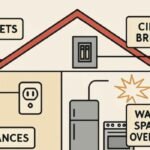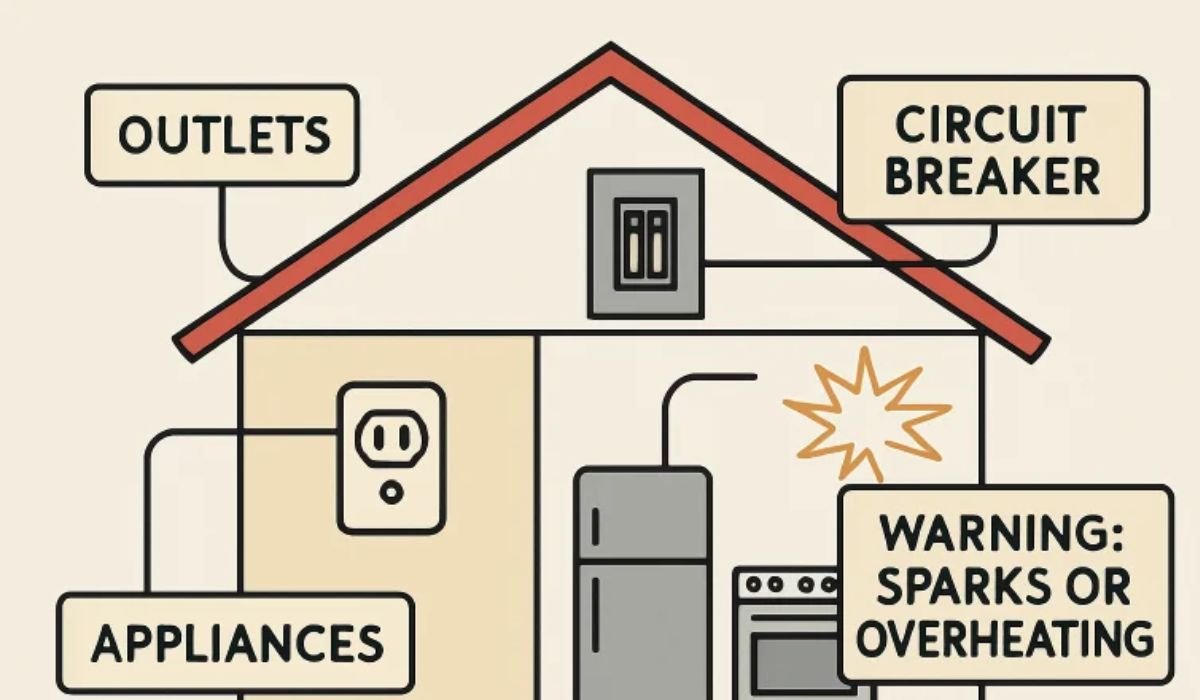Pipeline smoke testing improves sewer system efficiency by detecting leaks and identifying areas prone to infiltration or blockages. This method uses non-toxic smoke to pinpoint defects quickly and accurately, facilitating timely repairs and preventing potential hazards. By ensuring the integrity of sewer lines, smoke testing enhances overall system performance, reduces maintenance costs, and supports environmental safety.
What is Pipeline Smoke Testing?
Pipeline smoke testing is a diagnostic method to identify leaks and defects in sewer systems. By introducing non-toxic smoke into the pipeline using a smoke pump tester, engineers can easily spot areas where smoke escapes, indicating potential problems. This effective technique helps maintain sewer infrastructure efficiently. Smoke testing provides a visually straightforward way to determine the health of a sewer system, allowing maintenance teams to quickly identify and address problem areas before they escalate into more significant issues.
Importance of Maintaining Sewer Systems
Proper maintenance of sewer systems is crucial for public health and environmental sustainability. Neglected sewer systems can lead to water pollution, increased repair costs, and infrastructural damage. Regular assessments ensure that issues are identified and addressed promptly, avoiding extensive damages and costly repairs. Municipalities can prevent the negative consequences of a compromised sewer system by investing in maintenance practices like smoke testing. This proactive approach protects the environment and safeguards communities’ well-being by preventing contamination of water sources and mitigating the risk of infrastructure failure.
How Smoke Testing Works
During smoke testing, a smoke blower is connected to a maintenance hole. The blower pushes non-toxic smoke through the sewer lines. Areas where the smoke exits the system indicate potential leaks or defects. It’s a straightforward yet effective method to assess the health of sewer pipelines, giving a clear visual indication of problem areas. The non-toxic nature of the smoke used in these tests ensures safety for the environment and the residents in the area. The smoke travels along the path of least resistance, revealing cracks, holes, and other defects in the sewer line that might not be visible through different testing methods.
Benefits of Smoke Testing
- Early Detection: Identifies minor issues before they become significant problems. Early detection through smoke testing is crucial for taking preventive measures, thus avoiding more costly and extensive damages in the future.
- Cost-Effective: Smoke testing reduces the need for expensive and extensive repairs. It is a cost-effective solution because it quickly pinpoints the exact location of leaks or defects, saving on labor and material costs associated with more invasive inspection methods.
- Environmental Protection: Helps prevent sewage leaks that can contaminate water bodies. Preventing leaks and blockages in the sewer system safeguards local water bodies from contamination, ensuring a healthier ecosystem and protecting communities from waterborne diseases.
Additionally, smoke testing is less disruptive to the community than other diagnostic methods. It’s a quick process that minimizes inconvenience to residents, allowing necessary repairs and maintenance to be completed efficiently. By swiftly identifying and addressing issues, municipalities can maintain the smooth operation of sewer systems, reduce downtime, and enhance overall community satisfaction.
Preparing for a Smoke Test
Preparation involves notifying the public about the upcoming test to alleviate concerns about the smoke. Homeowners are advised to pour water into seldom-used drains to create water barriers that prevent smoke from entering homes. Clear communication and proactive measures ensure a smooth and efficient testing process with minimal disruption to the community. Informing the public well in advance allows residents to understand the purpose of the smoke test and how it benefits the overall sewer infrastructure. It’s also essential to provide guidelines for residents on what to do if they observe smoke within their property, ensuring they can report it promptly for further inspection.
Common Issues Identified
Smoke testing can reveal problems such as illegal connections, broken pipes, and faulty seals. For instance, illegal stormwater connections can be a significant issue, allowing rainwater to overwhelm the sewer system. Identifying these problems helps municipalities prioritize repairs and improvements, ensuring the sewer system operates efficiently. Addressing issues like illegal connections improves the sewer system’s capacity and helps ensure compliance with environmental regulations. Timely identification and remediation of these problems can prevent potential legal issues and fines for municipalities, promoting better management of public resources.
Final Thoughts on Pipeline Smoke Testing
Pipeline smoke testing is an essential instrument for preserving the effectiveness and integrity of sewage systems. Its ability to provide early detection of leaks and defects ensures cost-effective maintenance and protection of public health. Municipalities can safeguard their infrastructure and the environment by incorporating regular smoke testing into sewer system management plans, providing a healthier, more sustainable community. Making smoke testing a standard part of sewer maintenance strategies helps extend the lifespan of sewer systems, enhances their reliability, and fosters a proactive approach to infrastructural management. This technique underscores the importance of diligent sewer system maintenance, promoting greater efficiency and resilience against future challenges.










